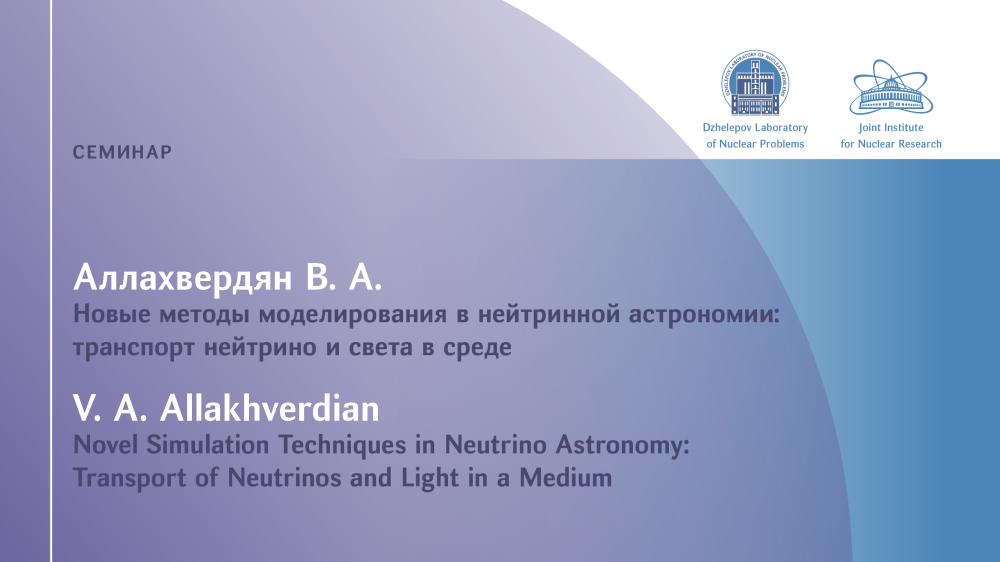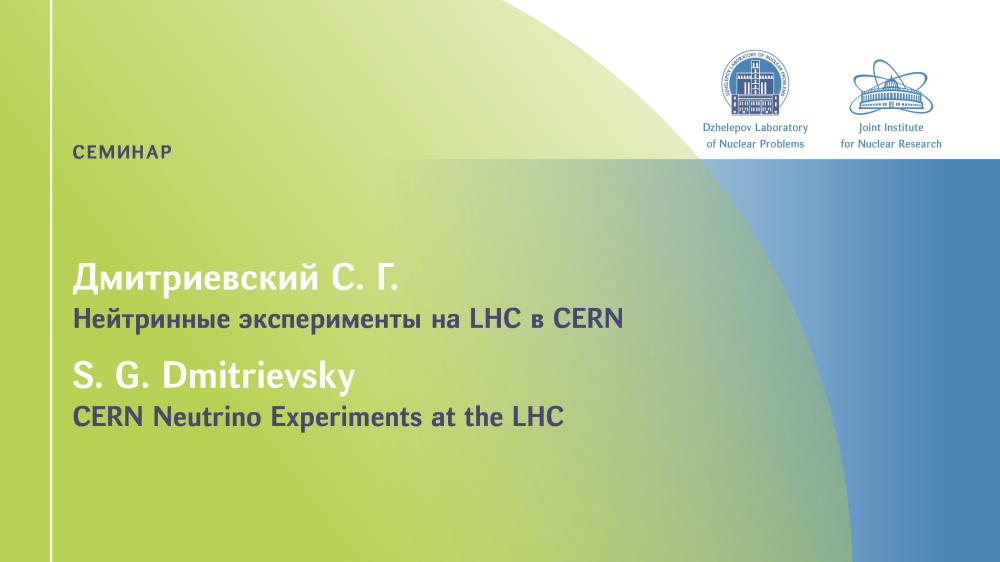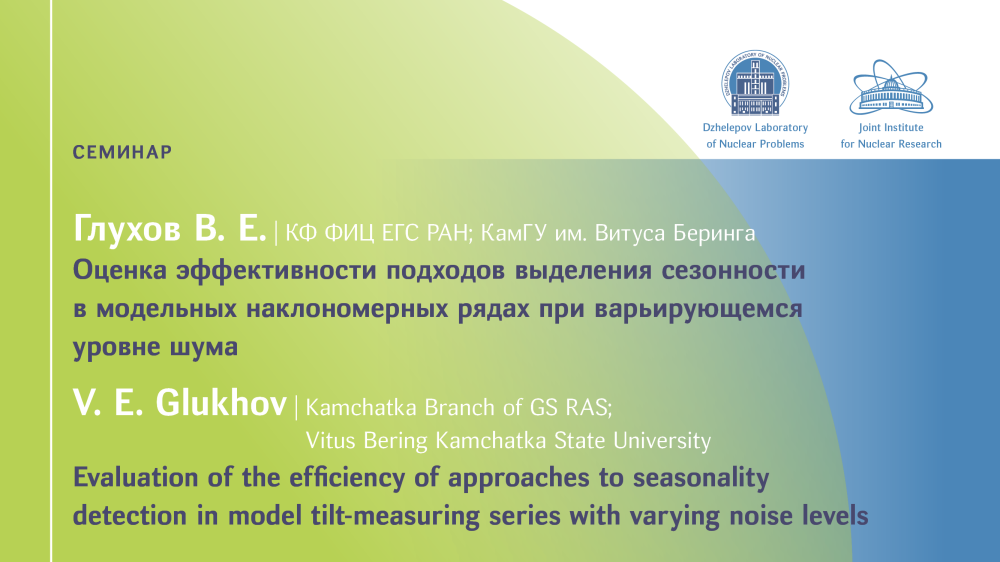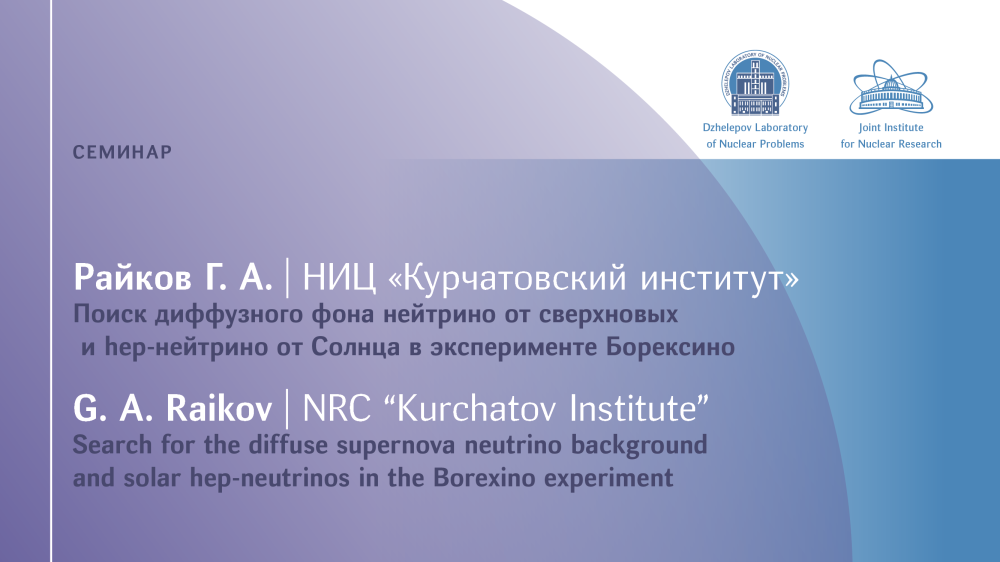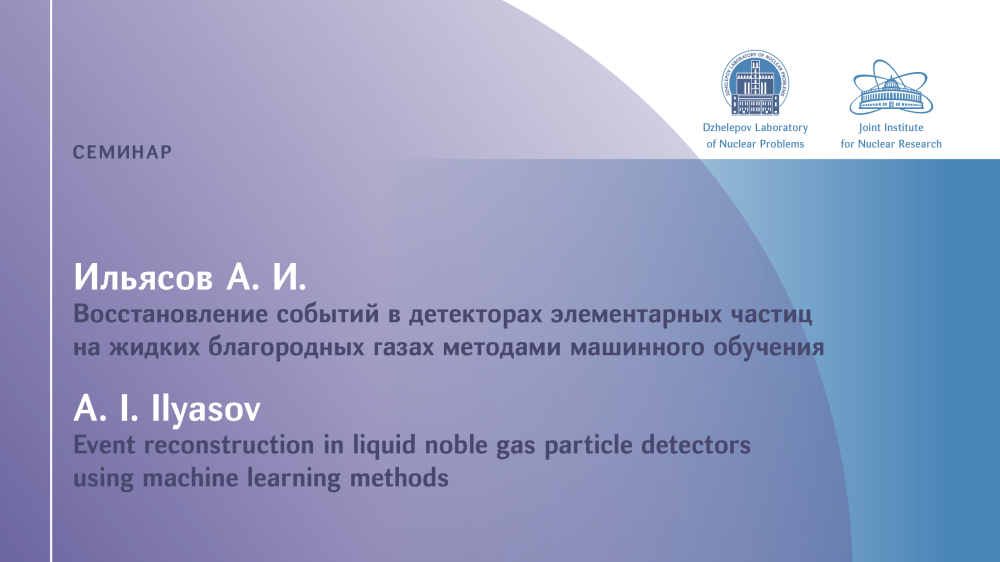29.05.2019
Кшиштоф Семек "Позитронное исследование дефектов ионно-имплантированных материалов"
Превью общелабораторного семинара 29.05.2019 г. Кшиштофа Семека "Позитронное исследование дефектов ионно-имплантированных материалов".
Nowadays irradiation-induced damages are an interesting object of studies. During irradiation, point defects are produced as a result of displacement cascade. These vacancies can then aggregate to form other types of voids that will alter the mechanical properties of processed materials. Formation of clusters are the main cause of material failure under irradiation environment i.e. hardening, swelling, embrittlement and creep. The magnitude of the damage induced depends on the incident energy of ions, their charge and the fluence as well as the properties of the irradiated target material. The theoretical defect distributions can be provided by commonly available programs such as SRIM/TRIM. It is commonly accepted that the produced defects occupy the same area as the implanted one. Nevertheless, some experiments have shown a much complex shape of the distribution which is additionally extended much beyond the projectile range. Several experimental techniques can be used for studies of the damages caused by ion-irradiation. One of the most promising method allowing to get knowledge about the type and defect concentration produced during irradiation is Positron Annihilation Spectroscopy (PAS). In current report PAS techniques were applied to investigate damages in pure metal Pd, Fe, Cu, Ag, Ti, Bi samples irradiated with 167 MeV Xe26+ heavy ions with doses ranging from 1012 to 1014 ions/cm-2. Two methods, i.e. energy variable positron beam and positron lifetime spectroscopy were employed. The long range effect was noted for Fe and Bi.
Семинары
11.12.2025
06.11.2025
05.11.2025



